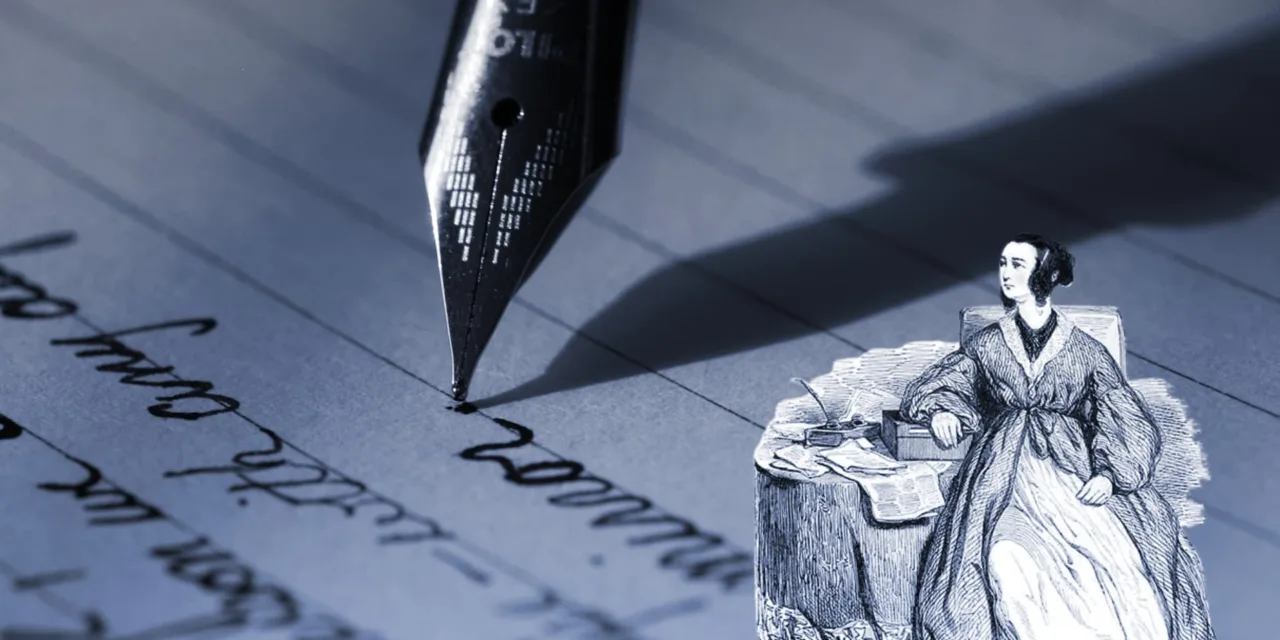
4 Fundamental Tools for Beating Writer’s Block

Writer’s block is the manifestation of fear that prevents you from creating art. Though invisible and intangible, it is a fierce and worthy opponent.
What type of “block” is your writer’s block? Is it a roadblock that you need to push through? A knot that you slowly need to unravel? Or is it a threshold that you’re simply too afraid to cross?
The secret but empowering truth is that you have control over your writer’s block, not the other way around. Your mind creates the block, which means all the fear is fully contained within you. There is no tsunami making you scramble up the shore. There is no fog on the highway obscuring other cars. There is no machete-wielding psychopath in the woods.
There is only you and the fear that your mind has created to stop you from doing the work. Own this and bask in your god-like power to control it, ignore it, or subvert it.
The four tools
I use four main strategies to break through my writer’s block. Which one I use depends on my mood, my energy level, what I am writing, and where I am trying to write. Without fail, I can cycle through these tools and find one that helps get me unstuck.
- Write tangentially.
- Banish stress.
- Recharge your brain.
- Curate your writing experience.

1. Write tangentially
Writing tangentially is all about choosing a subject not part of your main narrative but one that’s still relevant. This could be setting descriptions, character backgrounds, or shifting focus to minor characters.
For example, you could establish new constraints for a scene, write scenes out of sequence, or rewrite an existing scene from a different point of view, all in the service of getting back into a flow state. Attacking the work from an unexpected direction releases your mind to free associate, bringing fresh creativity to the work, and can often reveal surprising details, expose new conflicts, and unlock potential plot lines.
2. Banish your stress
Banishing your stress is all about giving yourself permission to not be perfect on the first draft. The first draft is strictly for your eyes only.
As soon as you turn off your mind’s editor and allow yourself to “rough out” the draft quickly, you will find the plot and character spill onto the page at a frenzied pace. Is this draft something you can send to print? Certainly not! But you can own the sloppiness of the prose at first because no one will see that but you. Write through this ugliness as briskly as you can to get past it and get into the good stuff.
3. Recharge your brain
Recharging your brain is all about boosting motivation and getting unstuck. It may be fatigue holding you back, frustration that the characters won’t do what you want them to do, or dread that you must finish this specific section to move forward in the narrative.
At times like these, the smart play might be taking a break from the piece, finding a way to refill your battery before you revisit. Take a walk, do the dishes, read a book, and don’t focus on your story. This is off time that helps you refresh and get excited about the work again.

4. Curate your writing experience
Curating your writing experience is all about creating a happy frame of mind to work. Establish your peaceful setting, maybe a coffee shop or a library, your home office or a kitchen table, the subway or a park, and make that your writing space.
Schedule your most productive time, whether early morning, late at night, or whenever, and stick to that schedule. For example, I recently revived an ancient computer (from 1988), the very first computer I ever owned, a Tandy 1000 TL. I purchased a 16-color monitor, plugged in the 4-lb chunky keyboard, and placed it on a special little desk in my office. This dinosaur computer only saves to floppy disks, but when I write, I have engineered a way to literally go back in time to create new stories. Yes, it’s ridiculous, but it brings me joy, and more importantly, it keeps me motivated. Choose your favorite writing tools–whether pen and notebook, laptop, tablet, or bulky dinosaur computer–and get to work!
Your writer’s block is unique to your experience, so your power is to choose which of these four tools will work for you right now. When your writer’s block changes form, simply grab a different tool from your tool belt and get cracking.
Using the tools today
You’ve got the tools now, four shiny new ones, and maybe it’s been a bit since you had a good writing session. I’ll bet you are itching to use them. Where to begin?
To get yourself active again, log in to your Novlr account and try this writing exercise to warm you up. Write the best day of your life.
One way to practice writing is to journal about a dramatic moment you don’t have to make up. It can be fictionalized if that distance helps you get started. It can be intensely raw and personal if you are ready to dive in. And don’t feel pressured to show it to anyone. Write about your best day, and see how being authentic and honest, along with your four new tools, can help you overcome your writer’s block.




























